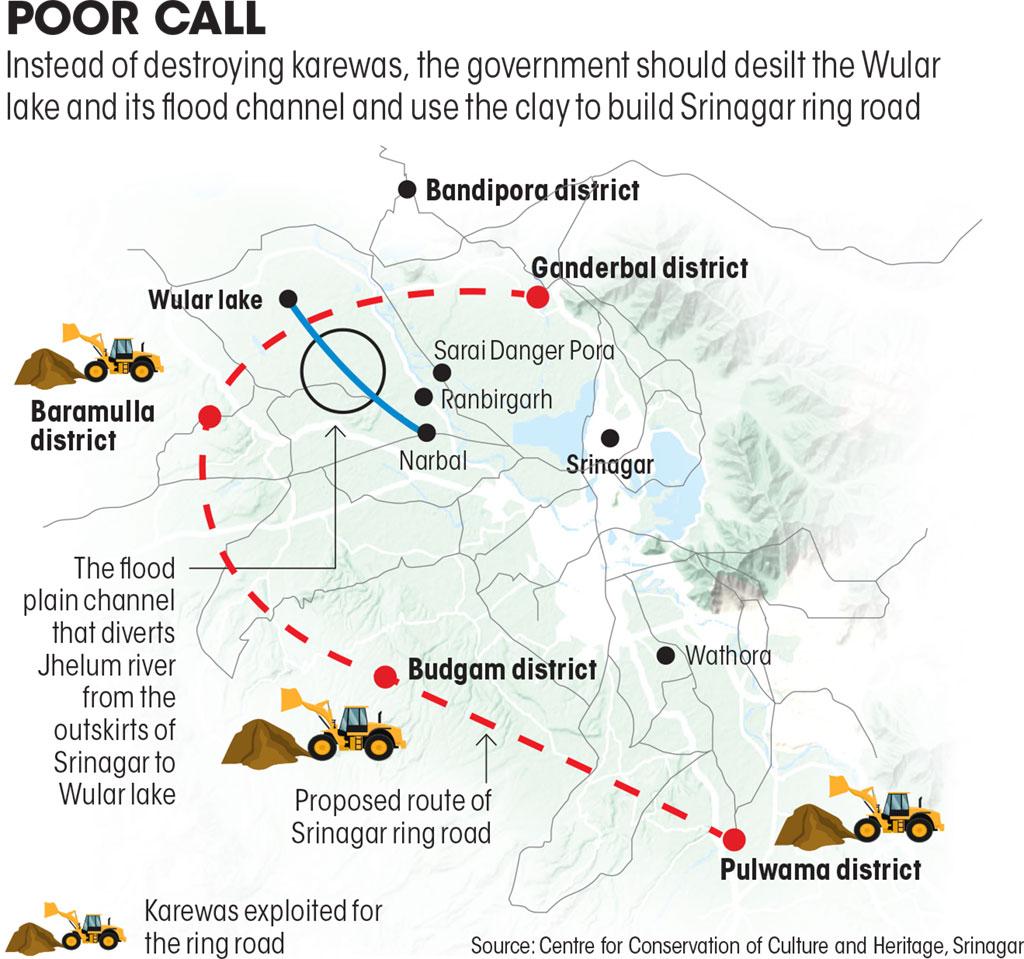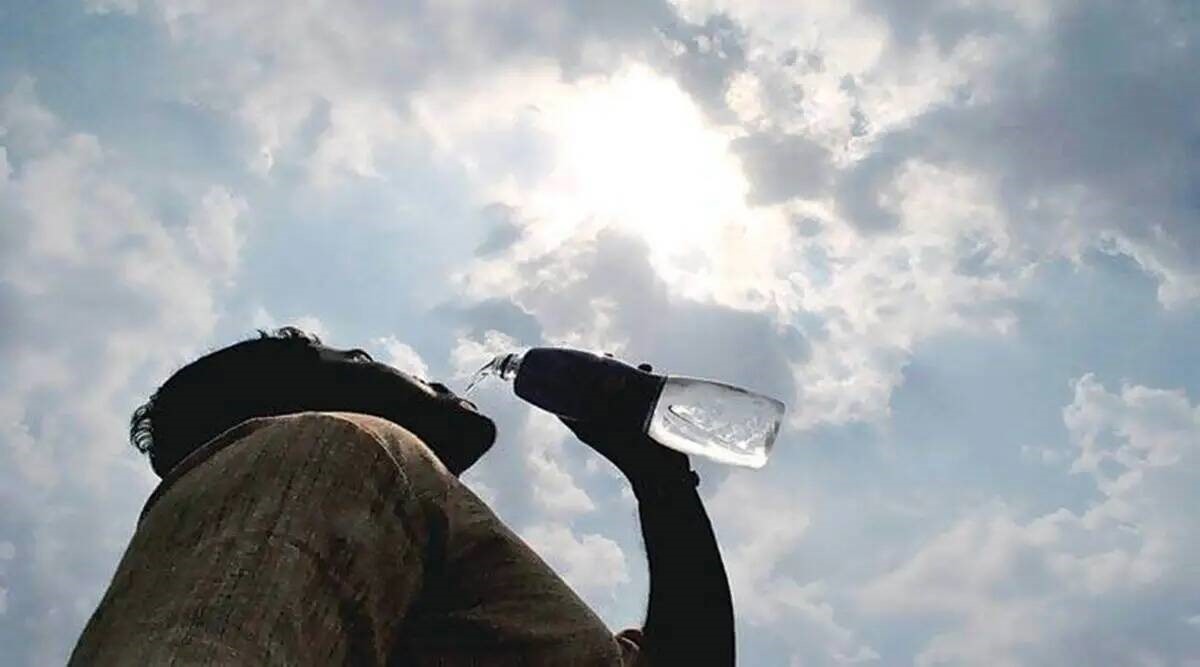Description

Copyright infringement is not intended
Context: Kashmir’s highly fertile alluvial soil deposits called ‘karewas’ are excavated for Srinagar ring road.
About karewa:
- The word Karewa in Kashmiri dialect means, “elevated table-land.”
- It rests over the folded Paleozoic-Mesozoic rocks of the Kashmir Basin in the Kashmir Valley floor, above the river alluvium.
- Karewas are lacustrine deposits (deposits in lake) in the Valley of Kashmir and in Bhadarwah Valley of the Jammu Division. These are the flat topped mounds that border the Kashmir Valley on all sides.

- Agricultural importance:
- Most of the cultivated fields in the Kashmir Valley are situated on the Karewa sediments.
- These plateaus are 13,000-18,000 metre-thick deposits of alluvial soil and sediments like sandstone and mudstone. This makes them ideal for cultivation of saffron, almonds, apples and several other cash crops.
- Kashmir saffron, which received a Geographical Indication (GI) tag in 2020 for its longer and thicker stigmas, deep-red colour, high aroma and bitter flavour, is grown on these karewas.
- Archaeological importance: Karewa sediments hold fossils and remnants of many human civilisations and habitations. They are characterized with fossils of mammals and at places by peat.
- Heritage destruction: Between 1995 and 2005, massive portions of karewas in Pulwama, Budgam and Baramulla districts were razed to the ground for Qazigund-Baramulla rail line. The Srinagar airport is built on the Damodar karewa in Budgam.
- Source of livelihood: Most of the karewas are owned by individuals who use them for farming and grazing, some belong to the government.
- Cause Flood: The destruction of the karewas has led to the enormous accumulation of silt in the Jhelum river, which makes it prone to flooding.
- Permanent loss: Once destroyed, the karewas can never be restored because of its topography and physiology. As this area is predominated by mountain ranges that are made up of hard rocks.
- Violating laws: Residents allege that the government’s decision to allow clay mining is illegal as it violates “The Jammu and Kashmir Land Revenue Act, 1996” and “The Jammu and Kashmir Minor Mineral (Storage, Transportation of Minerals and Prevention of Illegal Mining) Rules, 2016”.
https://www.downtoearth.org.in/news/environment/heritage-erased-how-the-kashmir-valley-s-ancient-mound-formations-are-being-levelled-81683















